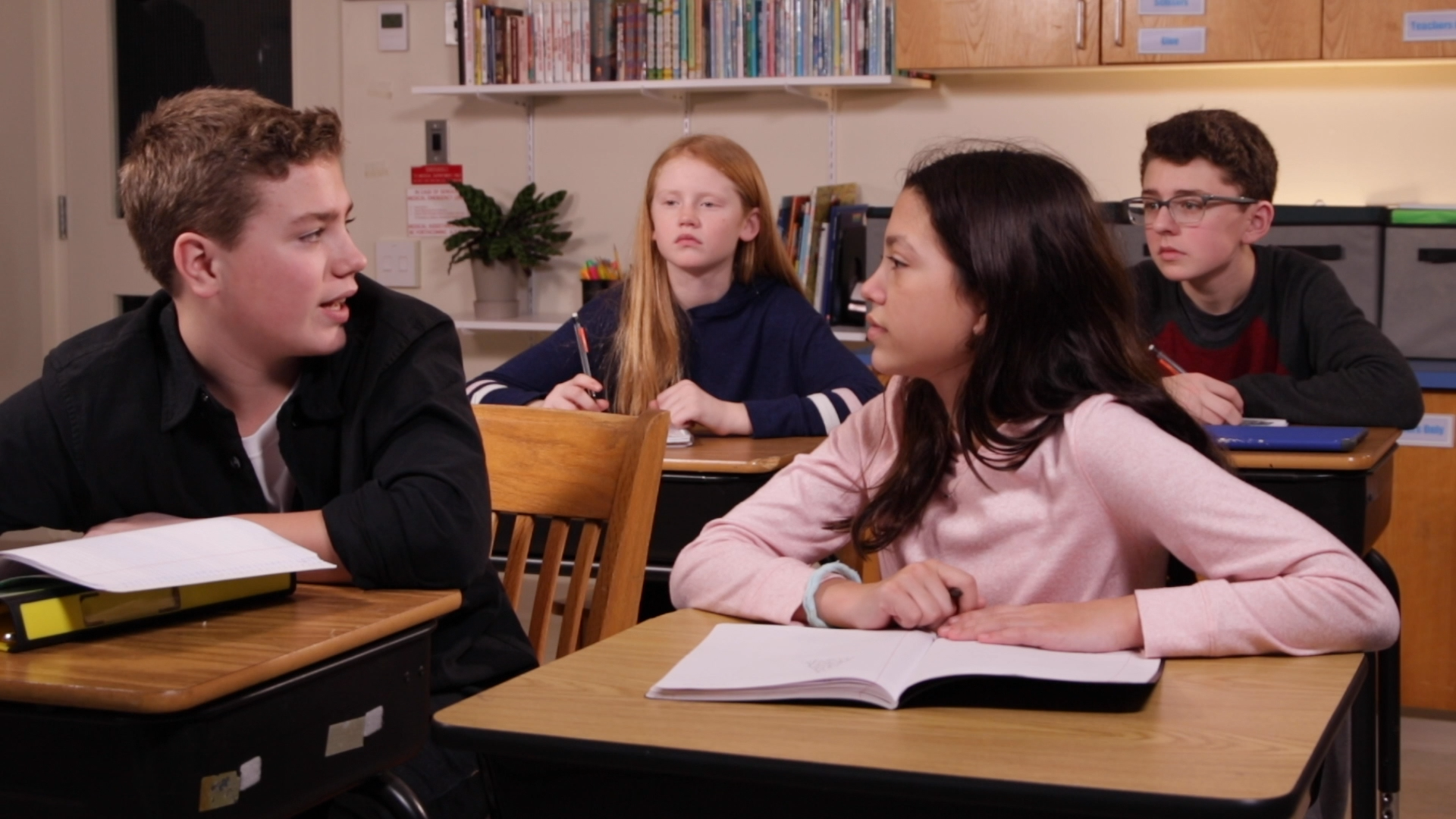
Introduction
The Conversation Stoplight is a powerful tool for teaching young students how to effectively communicate in social settings. It helps them understand when to talk and when to listen, whether they’re engaging with one person or a group. By using the stoplight metaphor, students can better grasp the concept of taking turns and actively participating in conversations. In this blog post, we will explore an easy no-prep activity to introduce the Conversation Stoplight to Kindergarten students, provide discussion questions, and suggest related skills to enhance their social-emotional learning experience.
No-Prep Activity: The Stoplight Game
Introduce the concept of the Conversation Stoplight to your Kindergarten students with this simple, no-prep activity that requires no additional materials. Here’s how to play:
- Explain the three colors of the Conversation Stoplight: Red (stop and listen), Yellow (prepare to speak), and Green (time to talk).
- Ask the students to sit in a circle on the floor.
- Select a topic for the group discussion, such as “What is your favorite animal?” or “What did you do over the weekend?”
- Start the conversation by sharing your own thoughts on the topic, modeling the appropriate speaking and listening behaviors.
- As the discussion progresses, pause periodically and ask students to identify the current “color” of the Conversation Stoplight, based on the cues they observe in the speaker’s body language and the listeners’ reactions.
- Encourage students to practice using the Conversation Stoplight by waiting for the appropriate “color” before contributing to the discussion.
This engaging activity will help students understand the importance of taking turns in conversations, listening attentively, and speaking at the right time.
Discussion Questions
After completing the Stoplight Game activity, use these discussion questions to deepen students’ understanding of the Conversation Stoplight and reinforce their learning:
- Why is it important to wait for the green light before speaking in a conversation?
- How can we use body language and eye contact to recognize when it’s our turn to talk?
- What should we do if we accidentally talk over someone else during a conversation?
- How did using the Conversation Stoplight help you participate in the group discussion during the Stoplight Game?
- Can you think of a situation outside of school where you can use the Conversation Stoplight to communicate better?
Related Skills
In addition to the Conversation Stoplight, there are several other social-emotional learning skills that can help Kindergarten students develop effective communication habits. These include:
- Active listening: Encourage students to focus on the speaker, make eye contact, and show empathy while listening.
- Nonverbal communication: Teach students to recognize and interpret body language, facial expressions, and gestures as cues in conversations.
- Assertiveness: Help students express their thoughts and feelings confidently and respectfully, while still considering the needs of others.
- Conflict resolution: Equip students with the skills to resolve disagreements in a calm and constructive manner.
Next Steps
If you’re interested in discovering more resources to support the development of social-emotional learning skills in your Kindergarten students, we invite you to sign up for free sample materials at Everyday Speech. You’ll find a variety of engaging activities, lessons, and videos designed to help young learners develop essential communication skills for success in school and beyond.










